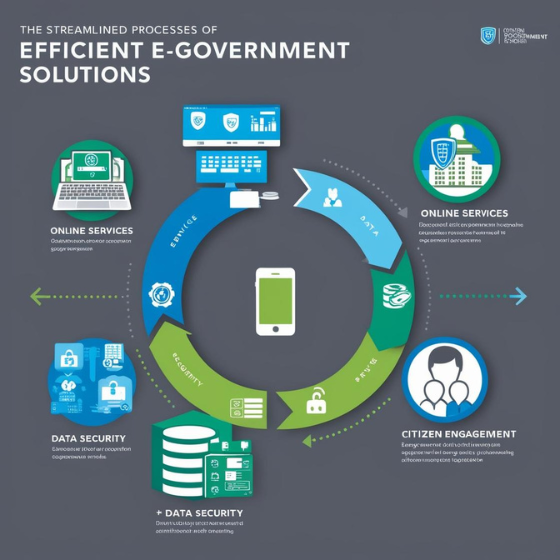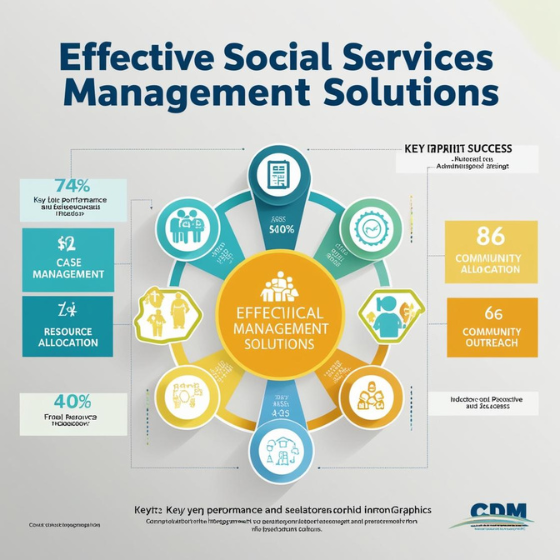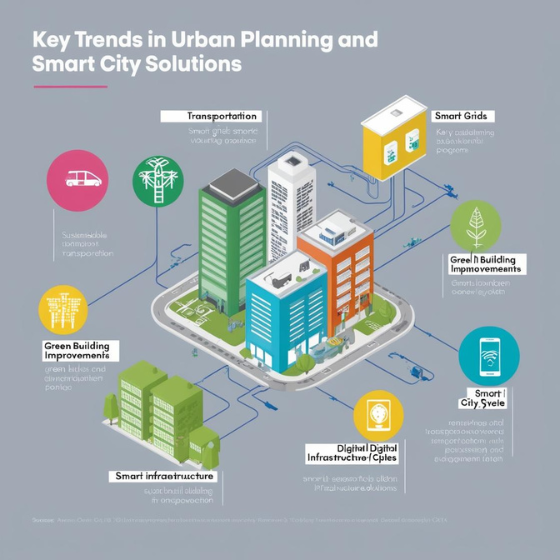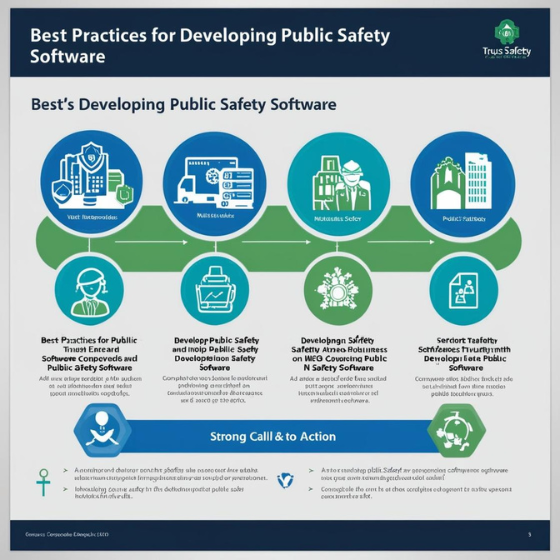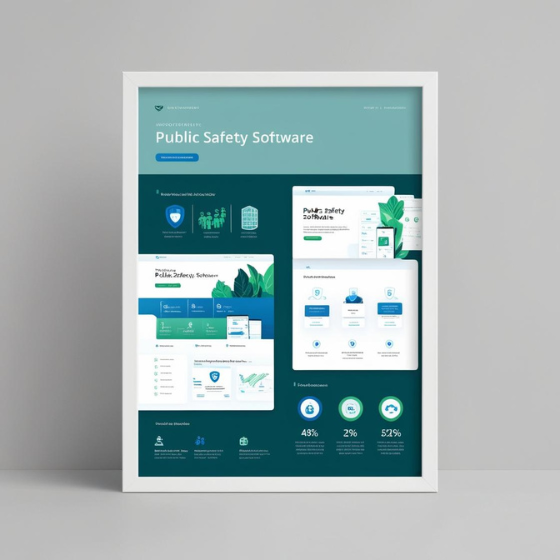Developing Efficient E-Government Solutions
In the era of digital transformation, governments worldwide are adopting e-government solutions to improve efficiency, enhance transparency, and provide seamless services to citizens. However, creating efficient e-government systems is not just about integrating technology—it’s about designing solutions that address the unique needs of citizens and administrations while ensuring scalability, security, and inclusivity.
This blog explores the key steps, considerations, and benefits of developing efficient e-government solutions, shedding light on how governments can leverage technology to serve citizens better.
What Are E-Government Solutions?
E-government solutions are digital platforms and tools designed to improve the delivery of government services, streamline processes, and foster better communication between governments and citizens. These solutions encompass a wide range of functionalities, including online service portals, digital identity systems, and data management tools.
The primary goal is to make government operations more efficient while empowering citizens with easy access to public services.
Key Steps to Develop Efficient E-Government Solutions
Developing successful e-government systems requires a structured approach that focuses on usability, scalability, and security. Here’s a step-by-step guide:
1. Identify Objectives and Stakeholders
The first step is to define the objectives of the e-government solution. Is it to improve service delivery? Enhance citizen engagement? Reduce administrative costs?
Additionally, involve key stakeholders such as government departments, IT teams, and citizen groups to ensure the solution addresses everyone’s needs.
2. Conduct a Needs Assessment
Before developing the solution, conduct a thorough assessment to identify:
- Current Challenges: What inefficiencies exist in the current system?
- User Needs: What services do citizens and businesses prioritize?
- Technological Gaps: What infrastructure is required to support digital services?
This analysis ensures that the e-government solution is tailored to the specific requirements of its users.
3. Choose the Right Technology Stack
Efficient e-government solutions are built on robust and scalable technologies. Consider the following:
- Cloud Computing: Enables scalability and reduces infrastructure costs.
- Artificial Intelligence (AI): Powers chatbots and data analytics for better decision-making.
- Blockchain: Ensures secure and transparent record-keeping.
- Mobile-First Design: Ensures accessibility for users on smartphones.
4. Focus on User Experience (UX)
Citizens should find the platform intuitive and easy to use. Key elements of an efficient UX include:
- Simplified Navigation: Ensure users can find services without confusion.
- Multilingual Support: Cater to diverse populations by offering language options.
- Accessibility Features: Include options like text-to-speech for visually impaired users.
A user-friendly interface boosts adoption rates and improves citizen satisfaction.
5. Integrate Interoperability
E-government solutions often involve multiple departments. Ensure the system allows seamless communication and data exchange between these entities.
For example, integrating tax departments with municipal services enables citizens to handle multiple tasks on a single platform.
6. Ensure Data Security and Privacy
Given the sensitive nature of government data, security must be a top priority. Implement measures like:
- Encryption: Protect data during transmission and storage.
- Two-Factor Authentication: Secure user accounts with additional layers of protection.
- Compliance Standards: Adhere to regulations like GDPR or local privacy laws.
These measures build trust among users and prevent data breaches.
7. Test and Iterate
Before launching, conduct extensive testing to identify and resolve any issues. Use pilot programs to gather user feedback and refine the system.
Testing ensures that the final product is reliable, efficient, and ready for public use.
Benefits of Efficient E-Government Solutions
Efficient e-government solutions deliver significant advantages for both governments and citizens.
1. Streamlined Processes
Automation reduces bureaucratic delays, ensuring quicker service delivery.
2. Cost Savings
Digitization eliminates paper-based processes, cutting operational costs significantly.
3. Increased Transparency
Open access to data fosters trust and reduces corruption by holding authorities accountable.
4. Enhanced Citizen Engagement
Interactive platforms allow citizens to provide feedback, participate in policymaking, and access services conveniently.
5. Scalability for Future Growth
Efficient systems are designed to handle increasing user demands and technological advancements.
Real-World Examples of Efficient E-Government Solutions
1. Denmark: NemID
Denmark’s NemID system provides citizens with a secure digital identity, enabling them to access government services, bank accounts, and private portals seamlessly.
2. Dubai: Smart Dubai Initiative
Dubai has implemented e-government services that include digital property transactions and AI-powered city management tools, creating a smarter, more connected city.
3. Rwanda: Irembo Platform
The Irembo platform allows Rwandan citizens to access services like birth certificate applications and business registrations online, reducing paperwork and inefficiencies.
Challenges in Developing E-Government Solutions
1. Digital Divide
Not all citizens have access to technology or the internet.
Solution: Provide community access points and mobile-friendly platforms.
2. Resistance to Change
Government employees and citizens may resist new systems.
Solution: Offer training programs and run awareness campaigns.
3. Budget Constraints
E-government projects require significant investment.
Solution: Adopt a phased approach and leverage public-private partnerships.
Why Choose Sodio for E-Government Solutions?
At Sodio, we specialize in designing and developing efficient e-government solutions tailored to your unique needs.
What Sets Us Apart?
- Custom Solutions: Tailored platforms that address specific administrative challenges.
- Cutting-Edge Technology: From AI to blockchain, we use the latest tools to enhance efficiency.
- Security First: Advanced encryption and compliance to safeguard sensitive data.
- User-Centric Design: Platforms built for accessibility, usability, and inclusivity.
Transform your governance with Sodio’s expertise. Learn more about our services here.
Conclusion
Developing efficient e-government solutions is about more than technology—it’s about creating systems that empower citizens, improve efficiency, and enhance transparency. By focusing on user needs, leveraging modern technology, and ensuring security, governments can build platforms that foster trust and streamline public services.
Ready to take your government services to the next level? Contact Sodio today to develop e-government solutions that deliver measurable results.
